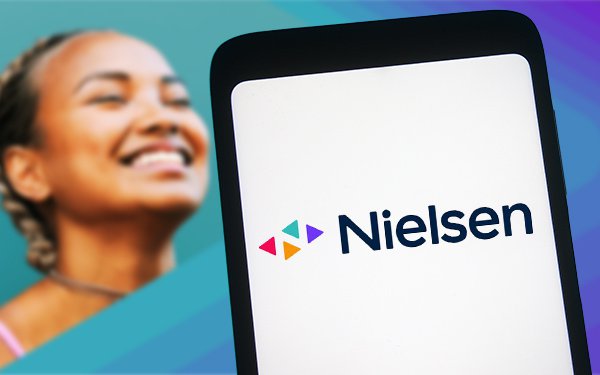70% Of Netflix, Disney+, Max Subscribers Still On No-Ads Tiers
- by Karlene Lukovitz @KLmarketdaily, 7 hours ago

More than 70% of U.S. adults who subscribe to Netflix, Disney+ and/or Max report being on those services’ ad-free tiers, according to a Gfk survey conducted for local television trade group TVB.
The scenario is reversed with Hulu and Peacock subscribers, with 57% and 64%, respectively reporting that they are on ad-supported plans. Subscribers to Paramount+ and Discovery are about evenly divided between ad-free and ad-supported plans.
Eighty-eight percent of adults report having at least one video streaming service/SVOD. (All paid video streaming services, with or without ads, are termed "SVODs" in this report.) Of those, 92% report having at least one ad-free paid streaming service, while just 8% report using only streaming services with ads. Just 12% of all adults report having no paid streaming subscriptions.
Few subscribers report having both the ad-free and with-ads tiers of a given service’s plans, ranging from 2% of Max subscribers to 9% of Discovery+ subscribers.
Meanwhile, although 18% of respondents report watching no broadcast TV, broadcast TV and local TV news website/apps were found to reach 88% of those who subscribe to SVODs with no ads.
The survey, conducted in June among 4,000 U.S. consumers 18 and older statistically representative of that population segment, also found that two-thirds subscribe to Netflix, 58% to Amazon Prime Video, 43% to Hulu, 37% to Disney+, 28% to Peacock, 27% to Max and 25% to Paramount+. Apple TV+, ESPN+ and Discovery+ range from 18% to 11%, and just 5% report having the solo Showtime app.

Younger adults tend to have more SVOD subscriptions than older adults: 97% of those 18 to 34 have at least one SVOD service, versus 85% of adults 35 and older.
And in a finding that differs from other recent surveys, younger adults were also found to having more ad-free subscriptions: 80% of those 18 to 34 subscribe to Netflix and Disney+ without ads.
Younger adults also tend to have more TV sets per household: three, versus 2.5 for older adults.
Hispanics and Black/African Americans have more TV sets (2.8 and 3.1 respectively) than the average for all adults (2.6) and tend to have a higher rate of subscriptions to SVOD (94% for Hispanics compared to 88% for adults 18+). Hispanics are also more likely to have ad-free subscriptions, with 79% subscribing to Netflix without advertising.
The TV set was cited as the top choice for viewing streamed content across all the major streaming services, cited by between 76% (Apple TV+) and 81% (Amazon Prime Video). Mobile is No. 2, cited by between 7% and 11%, depending on the service.
On the traditional TV front, significantly more respondents report watching broadcast networks than cable networks, no matter the demo.
Nearly two-thirds (65%) of those 18 to 34 view local broadcast news on a TV, with 60% using local TV news website/apps.
Eighty-two percent of all adults report watching broadcast TV, and 81% report watching local broadcast TV news either on TV or through an app/website.
Three quarters (76%) who own a TV (which is 92% of all adults) watch local TV news, and 56% use a local TV website/app.
Local TV news is the most trusted news source (79%). Local TV news websites/apps (70%) are the most trusted digital source, while social media (40%) is the least trusted platform.
More than a third (38%) report having downloaded local broadcast TV news apps to their TVs, and 45% to smartphones, tablets or PCs





















